


Published by American Palate
A Division of The History Press
Charleston, SC
www.historypress.com
Copyright 2021 by Bryan S. Bush
All rights reserved
E-Book year 2021
First published 2021
ISBN 978.1.4396.7303.4
Library of Congress Control Number: 2021937164
Print Edition ISBN 978.1.4671.5013.2
Notice: The information in this book is true and complete to the best of our knowledge. It is offered without guarantee on the part of the author or The History Press. The author and The History Press disclaim all liability in connection with the use of this book.
All rights reserved. No part of this book may be reproduced or transmitted in any form whatsoever without prior written permission from the publisher except in the case of brief quotations embodied in critical articles and reviews.
CONTENTS
ACKNOWLEDGEMENTS
Special thanks must go to the Louisville Free Public Library. Without its research tools that gave me access to several different newspapers, I would have never have been able to write this book.
I would also like to thank Cave Hill Cemetery in Louisville, Kentucky, for its support throughout the years, in particular Michael Higgs, coordinator of the Cave Hill Heritage Foundation, and Alex Lueken. Cave Hill Cemetery is Louisvilles premier cemetery. The purpose of the Cave Hill Heritage Foundation is to secure funding for the long-term preservation of this unique cemetery. Specifically, the mission of the Cave Hill Heritage Foundation is threefold:
 TO RESTORE THE HISTORICAL MONUMENTS AND BUILDINGS: Cave Hill Cemetery is known for its exquisite collection of monumental art, many examples of which are more than 150 years old. Additionally, the property includes a variety of historic structures, from the administration office to the board room to the three-and-a-half-mile-long brick and stone wall that encircles the perimeter. The resources provided through the foundation will allow cemetery management to be proactive both in addressing specific, long-term conservation projects and in responding to critical situations that require immediate intervention and stabilization.
TO RESTORE THE HISTORICAL MONUMENTS AND BUILDINGS: Cave Hill Cemetery is known for its exquisite collection of monumental art, many examples of which are more than 150 years old. Additionally, the property includes a variety of historic structures, from the administration office to the board room to the three-and-a-half-mile-long brick and stone wall that encircles the perimeter. The resources provided through the foundation will allow cemetery management to be proactive both in addressing specific, long-term conservation projects and in responding to critical situations that require immediate intervention and stabilization.
 TO PRESERVE THE ARBORETUM SETTING: On average, fifty trees are removed each year at Cave Hill Cemetery due to disease, old age or weather damage, and more than one hundred plates are replaced. The Cave Hill Heritage Foundation will help provide resources for the unexpected, as well as help preserve and sustain the beauty of the cemeterys arboretum setting. It will provide for the removal and the replacement of specimen trees and shrubs and ensure that future generations will have access to this amazing green space in the heart of Louisville.
TO PRESERVE THE ARBORETUM SETTING: On average, fifty trees are removed each year at Cave Hill Cemetery due to disease, old age or weather damage, and more than one hundred plates are replaced. The Cave Hill Heritage Foundation will help provide resources for the unexpected, as well as help preserve and sustain the beauty of the cemeterys arboretum setting. It will provide for the removal and the replacement of specimen trees and shrubs and ensure that future generations will have access to this amazing green space in the heart of Louisville.
 TO PROVIDE COMMUNITY EDUCATION AND AWARENESS: The history of Cave Hill Cemetery is inextricably tied to the history of Louisville. Through its landscape and monuments, the cemetery tells the story of this beloved city by the river and its remarkable citizenry. The Cave Hill Heritage Foundation will help provide resources to produce educational materials, expand public awareness and develop special events and programs for schoolchildren and the community at large. It will also ensure that the critical task of recording and archiving the history of the cemetery will continue.
TO PROVIDE COMMUNITY EDUCATION AND AWARENESS: The history of Cave Hill Cemetery is inextricably tied to the history of Louisville. Through its landscape and monuments, the cemetery tells the story of this beloved city by the river and its remarkable citizenry. The Cave Hill Heritage Foundation will help provide resources to produce educational materials, expand public awareness and develop special events and programs for schoolchildren and the community at large. It will also ensure that the critical task of recording and archiving the history of the cemetery will continue.
I would also like to thank my parents, Carol and Gene Bush, and stepmom, JoAnn Bush, for their support. I would also like to thank my friend Ryan Reynolds for support and inspiration.
INTRODUCTION
The American Industrial Revolution changed the bourbon industry during the Gilded Age and transformed the spirit from small-batch production to the bourbon that Americans know today. Whiskey bourbon became the leading industrial product in the state. There are several areas in Kentucky that claim to be the site of the first manufacture of whiskey. Mason County claims that the first Kentucky distillery was located a few miles from the present town of Maysville. Nelson County also claims to be the first location of a distillery. Mercer County claims that the first distillery was built in Harrodsburg, which was the earliest permanent settlement in Kentucky.
General James Wilkinson was the owner and operator of the distillery in Harrodsburg, but he did not arrive in Kentucky until 1784. In 1783, Evan Williams built and operated a still at the corner of Fifth and Water Streets in Louisville at the Falls of the Ohio. He used the abundant supply of corn to make his whiskey. Williams was Kentuckys first commercial distiller. Williams was not only a distiller but also a member of the Louisville Board of Trustees. Before he became a member of the board, a rule had been adopted forbidding liquor during the meetings, under penalty of censure and the fine of six shillings; if the law were broken a second time, the board would seize the liquor. Williams did not know about the rule and brought a bottle of his own whiskey to the meeting for the refreshment of his fellow members. The members seized his liquor, but without censure. At the end of the meeting, Williams left with an empty bottle. At the next meeting, Williams brought another bottle, but Will Johnson, the county clerk, declared that Williams ought to be expelled for making and offering to the board his whiskey. The clerk was also surveyor of the port and was accustomed to the use of imported wines and liquors. In his defense, Williams insisted that the clerk had the taste of an aristocrat, and the board agreed with himagain Williams left with an empty bottle, without censure. Williams continued to make his whiskey without license until 1788, when he was forced to pay for his license and continued to run his distillery. In the 1780s, James Spears, a distiller from Paris, Kentucky, first used the term bourbon.
In 1787, a great boost in the manufacture of whiskey in Kentucky arose when a colony of immigrants from Maryland arrived in Kentucky. They were known as the Catholic League. Sixty families came down the Ohio River in flatboats and settled in Nelson, Washington and Marion Counties. They brought with them the knowledge of distilling and established early distilleries along the Salt River. After manufacturing the whiskey, they would send their product down the river to the settlements and the cities of the Ohio and Mississippi Rivers. Nelson County possessed an abundant supply of limestone water. Nelson County was and still remains the principal center for distilleries in Kentucky and made the finest whiskies in the state.
Elijah Craig was credited with being the first distiller to age his whiskey in charred oak barrels. No one knows how Elijah began charring his barrels. Once he began using charred oak, the whiskey changed into an amber color, with a distinctive flavor that makes what we now know today know as bourbon. Many consider Elijah Craig as the father of bourbon.
In 1791, an excise law was passed by Congress for the purpose of raising federal revenue. Sixty distillers in Pennsylvania refused the pay the tax, and in July 1794, federal marshal David Lenox began the process of collecting the tax. His guide was John Neville of Allegheny County. As many as seven hundred men approached Nevilles home and demanded his surrender. Ten soldiers protected the property. The mob demanded the soldiers surrender. The soldiers and mob fired on each other, and soon the soldiers surrendered; Nevilles Bower Hill estate was burned to the ground. President George Washington told the insurgents to disperse and warned the people not to resist the federal government. The militia was called out and directed to quell the rebellion. The insurgents backed down, and General Harry Lee issued a proclamation granting amnesty to all who had submitted to the laws; the insurgents had to take an oath of allegiance. The insurgence was known as the Whiskey Rebellion of Pennsylvania.
Next page
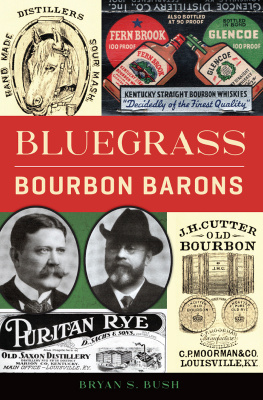
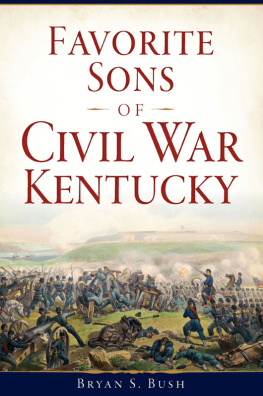


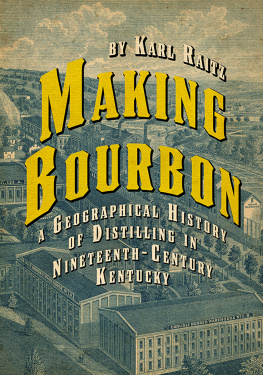
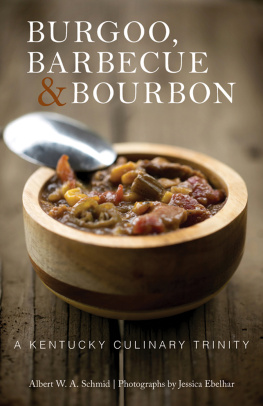


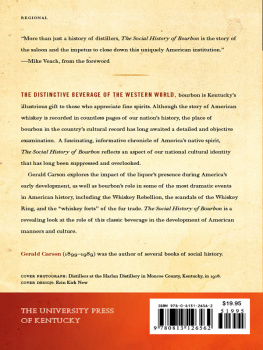

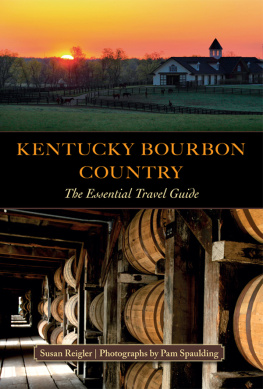



 TO RESTORE THE HISTORICAL MONUMENTS AND BUILDINGS: Cave Hill Cemetery is known for its exquisite collection of monumental art, many examples of which are more than 150 years old. Additionally, the property includes a variety of historic structures, from the administration office to the board room to the three-and-a-half-mile-long brick and stone wall that encircles the perimeter. The resources provided through the foundation will allow cemetery management to be proactive both in addressing specific, long-term conservation projects and in responding to critical situations that require immediate intervention and stabilization.
TO RESTORE THE HISTORICAL MONUMENTS AND BUILDINGS: Cave Hill Cemetery is known for its exquisite collection of monumental art, many examples of which are more than 150 years old. Additionally, the property includes a variety of historic structures, from the administration office to the board room to the three-and-a-half-mile-long brick and stone wall that encircles the perimeter. The resources provided through the foundation will allow cemetery management to be proactive both in addressing specific, long-term conservation projects and in responding to critical situations that require immediate intervention and stabilization.